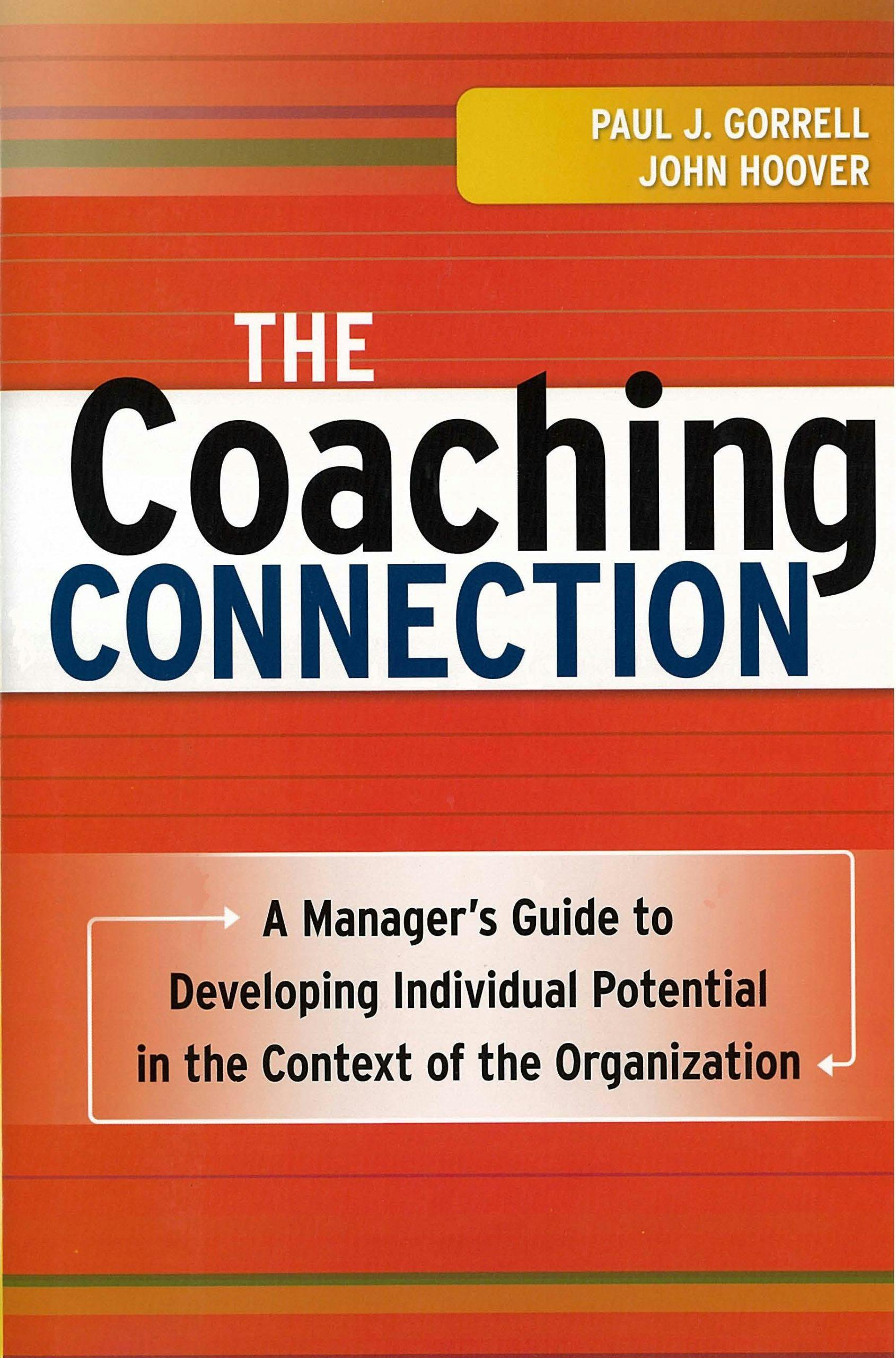By Paul J. Gorrell and John Hoover
As business coaches, we are always on the new frontier looking to help our coaching clients add value to the organizations that employ them. Working to develop a culture of coaching across organizations makes habit, skill, and activity correction and enhancement pre-emptive rather than reactive.
Instead of waiting until damage has been done, relationships broken, and dissention sewn far and wide, a deliberate and healthy culture of coaching helps to keep people at all levels of the organization engaged and working on habits, skills, and activities to deal with problematic issues, individually and corporately, as a way of doing business—not exceptional behavior.
Unless your organization is consciously, systematically, and strategically building and sustaining a culture of coaching, summoning an internal or external coach to contend with a dysfunctional behavior is more likely to resemble an emergency call rather than strength training. A proactive culture of coaching will focus energy and resources on accelerating performance and making good work better rather than waiting for things and people to need correction.
The most frequently-cited reasons for coaching are:
- To help deal with stress
- To develop leadership potential
- To prepare someone for promotion
- To prepare someone for succession
- To address habits, skills, and activities
- To help find assistance with personal problems
- To help people understand and better fulfill their roles
- To interpret 360-degree feedback and put it to good use
- To interpret and put to good use personality assessment data
- To help with perceptions and expectations that will improve attitudes & relationships
But why should an organization adopt one-on-one coaching? Are not training and development or organizational learning activities enough?
You will never get anyone in our business to diss the practice of organizational learning. We occupy as much space in the organizational education universe as we do in executive coaching. There has never been an executive, artist, or athlete who did not improve on his or her natural talents and abilities with expanded knowledge and practice. There has never been an organization that performed better over time in a state of ignorance than in a state of enlightenment.
Training and development activities are good. Coaching is better. It is the difference between classroom learning for children and having a private mentor who is a subject matter expert. It is the difference between attending a golf or tennis class versus private lessons.
The best possible outcome results from a combination of both training and development opportunities and one-on-one coaching. As we indicate in our Action Coaching model, it is the combining of real-time learning activities with individual coaching that gives the entire learning experience maximum traction. If organizational learning is an effective topical gel coaching is a fast-acting, quick-dissolving gel tablet with a concentrated dosage.
No single form of training and development gets a businessperson’s attention as completely as coaching. No single form of organizational learning addresses an individual businessperson’s complete range of developmental issues as completely or comprehensively as coaching. No other form of workplace intervention offers more hope of radical performance improvement.
As the hierarchy in Figure 2 in our book indicates, theoretical learning (what old-schoolers call “book learning”), is good. Action learning continues to increase in popularity with our client organizations because it uses real-time, real-world organizational challenges to be worked on as living case studies.
Coaching is action learning at its very best. Completely real-time and real-world, individual coaching is a continuous living tutorial on habits, skills, and activities—all in the context of the organization—especially in the social and professional interactions of organizational life
Consider what executive coaching is most commonly needed for: to fully groom and prepare people for the new roles and responsibilities the organization needs them to assume. Or when disruptive executive behavior has reached critical proportions and organizational policy makers are faced with the daunting prospect of severing ties with an expensive sample of senior talent.
When there are only seconds left on the clock to preserve this monumental investment in human capital, they pull out all the stops. Pulling out all the stops does not mean using an instructor-led classroom or online course to bring about change. It means calling in an executive coach.
When the whole team needs a powerful intervention or acceleration, the answer to the problem is dialing up action learning with coaching for each team member.
Excerpted from The Coaching Connection — A Manager’s Guide to Developing Individual Potential in the Context of the Organization, by Paul J. Gorrell, Ph.D., and John Hoover, Ph.D. © 2000 Partners in Human Resources Intl, LLC. All rights reserved. Published by AMACOM Books (www.amacombooks.org) A division of American Management Association, 1601 Broadway, New York, NY 10019.
